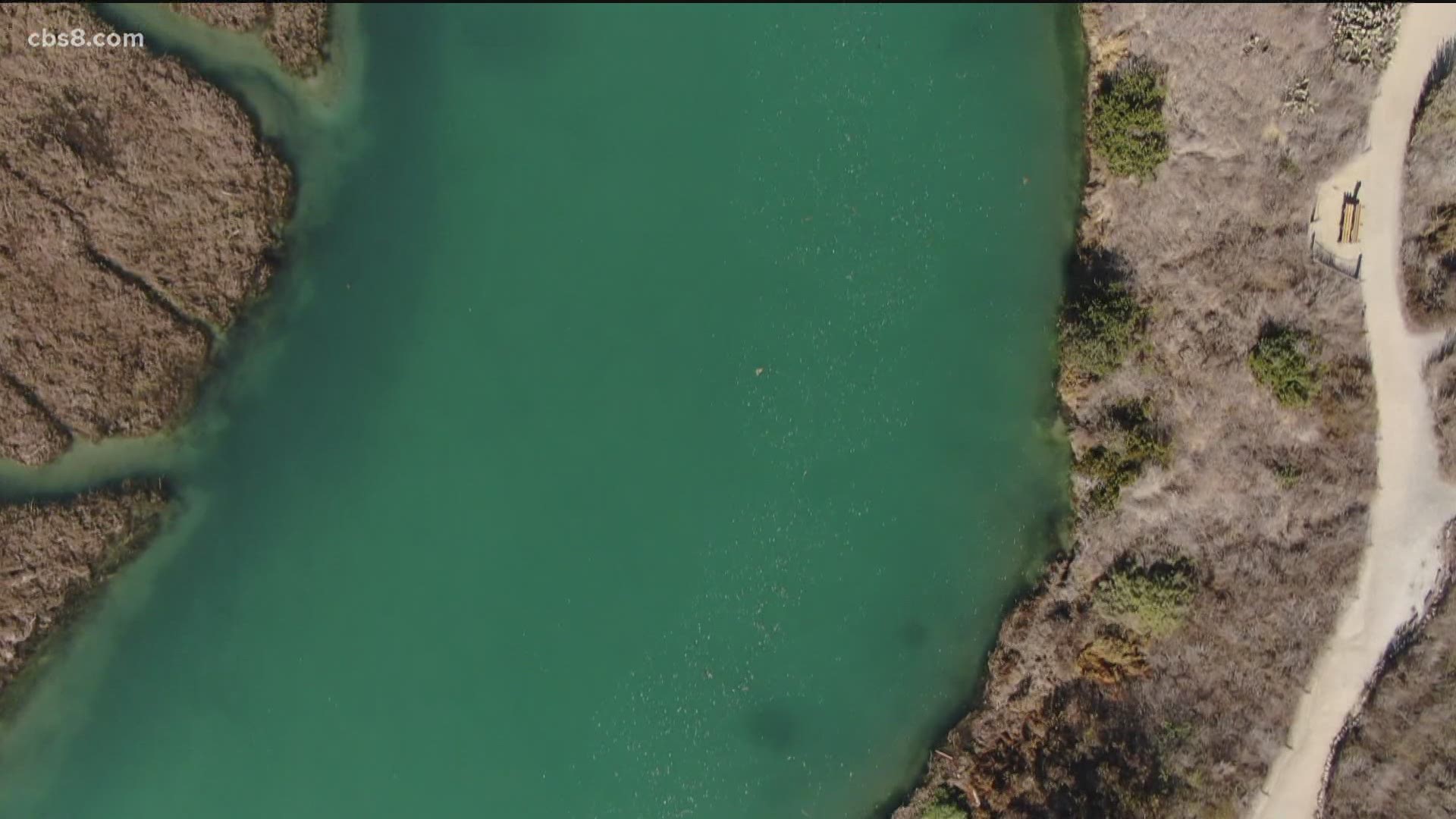SAN DIEGO — San Diego coastal wetlands provide a huge carbon sink to store carbon, but this is just a small fraction of once what was because of progress and development.
Zach Plopper is the Associate Director with Wildcoast and they are working with Scripps Institution of Oceanography on researching the wetlands.
"Basically, we're looking at 10% of our coastal wetlands are left in California," Plopper said. "Fortunately, in a place like San Diego, we still have coastal wetlands."
Coastal vegetation like seagrass and salt marsh creates a unique carbon sink. "These blue carbon ecosystems sequester and store five times more atmospheric carbon than tropical rain forests," he said.
Plopper explained that they are so efficient wetlands play a key role. "So, acre by acre they are incredibly important for pulling carbon out of the atmosphere and storing it for hundreds if not thousands of years."
But if developed, that carbon is released back into the atmosphere so by maintaining and restoring wetlands we can hold and capture more carbon.
"That is what's called a natural climate solution," Plopper said. That is actually a much more affordable way to help shore up this carbon and make sure it stays there."
San Diego is rare with multiple wetlands and lagoons from Oceanside to Imperial Beach.
"In all of these locations Wildcoast is working with the Center for Climate Change on impacts and adaptations at Scripps Institution of Oceanography to carry out San Diego's first comprehensive blue carbon study," Plopper added.
Through research, these groups hope to expand, conserve and restore these wetlands.

